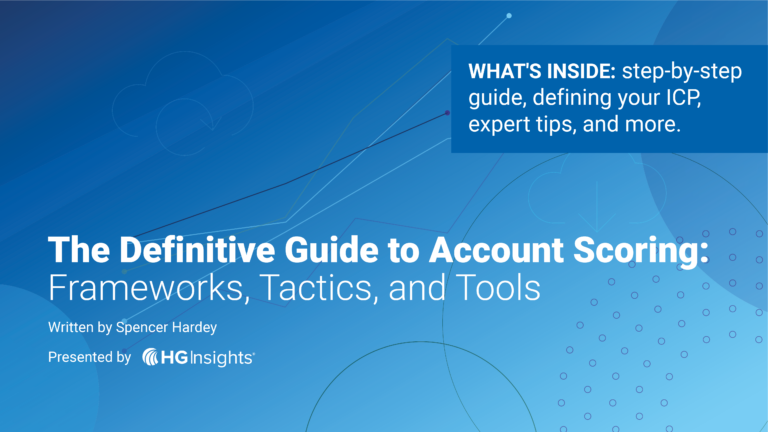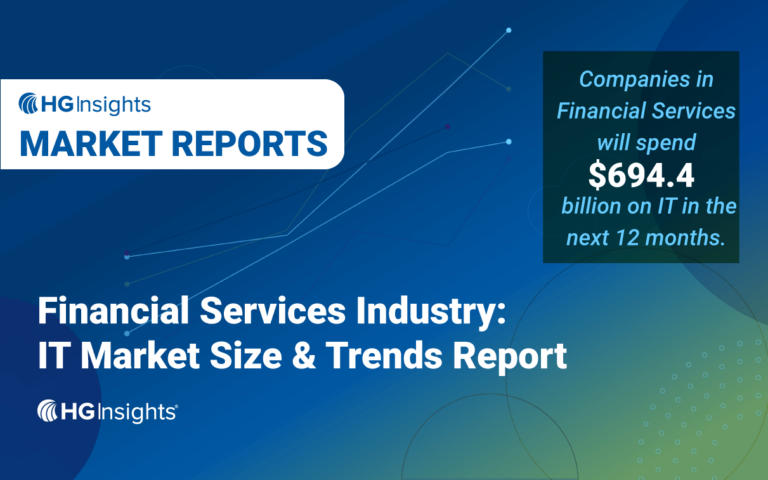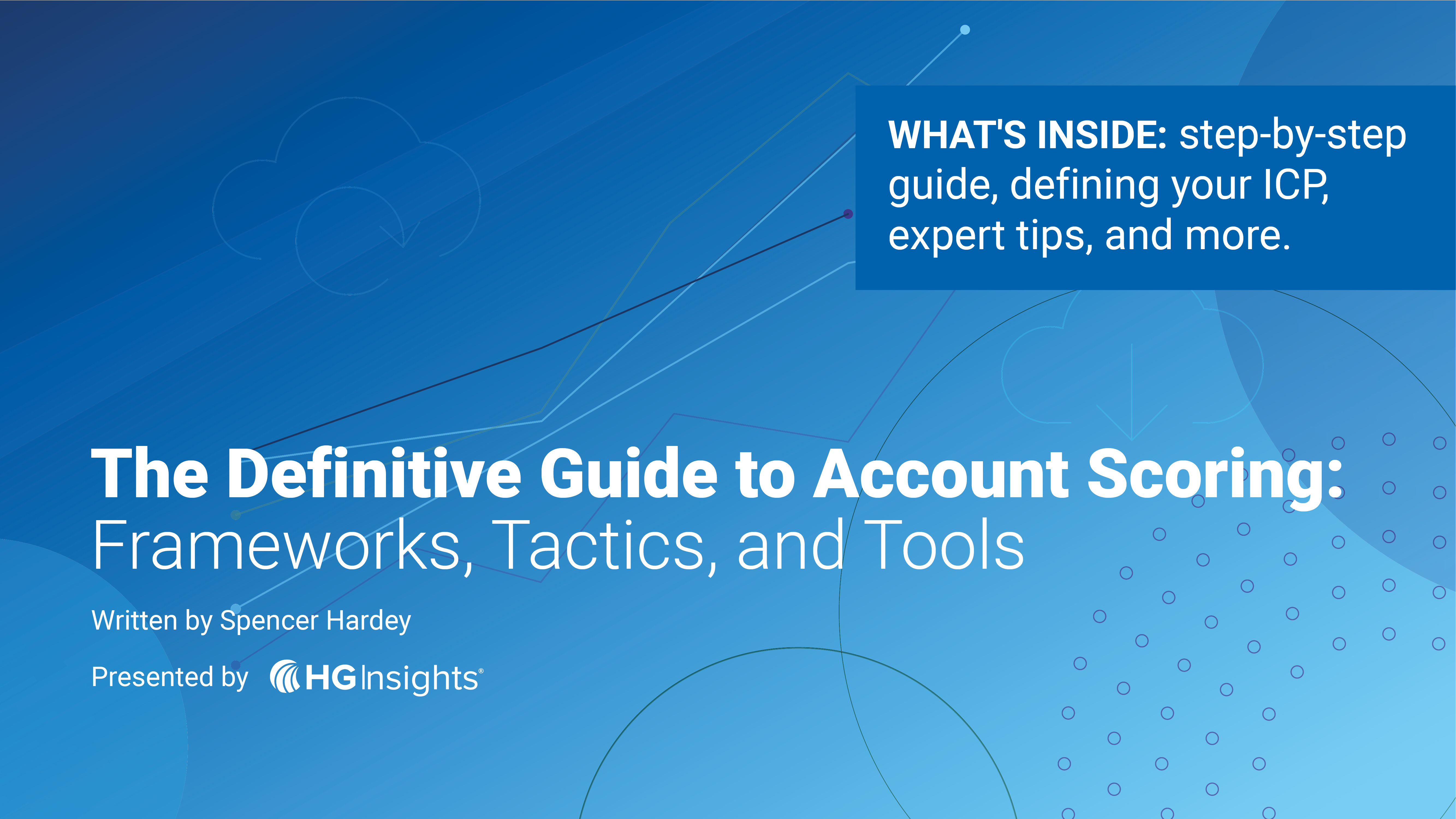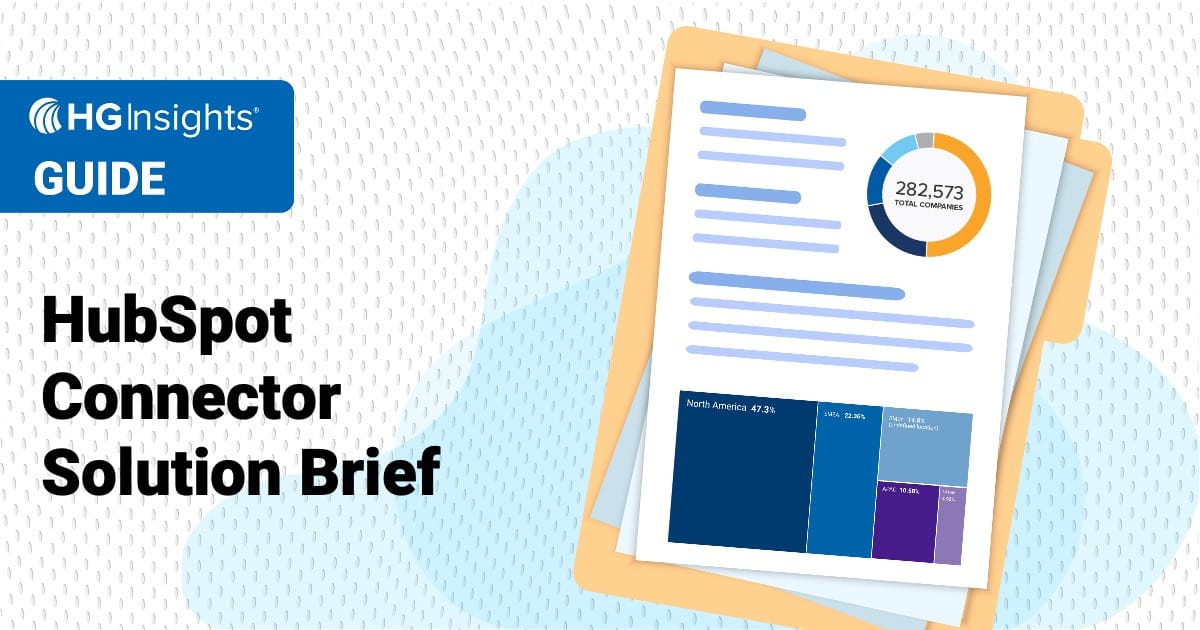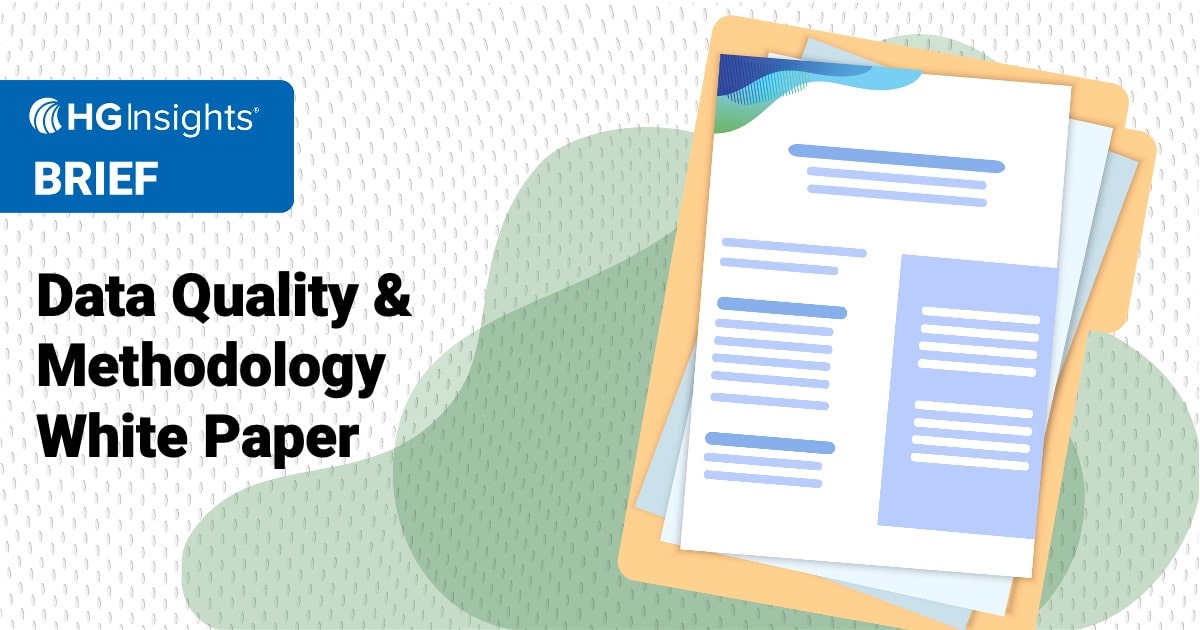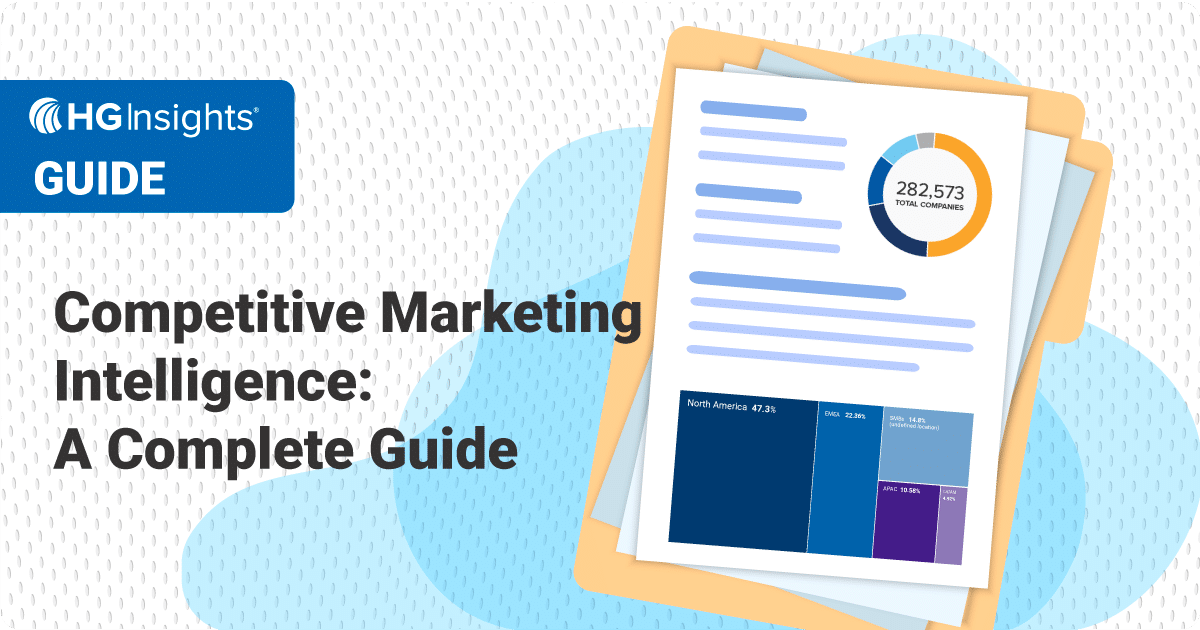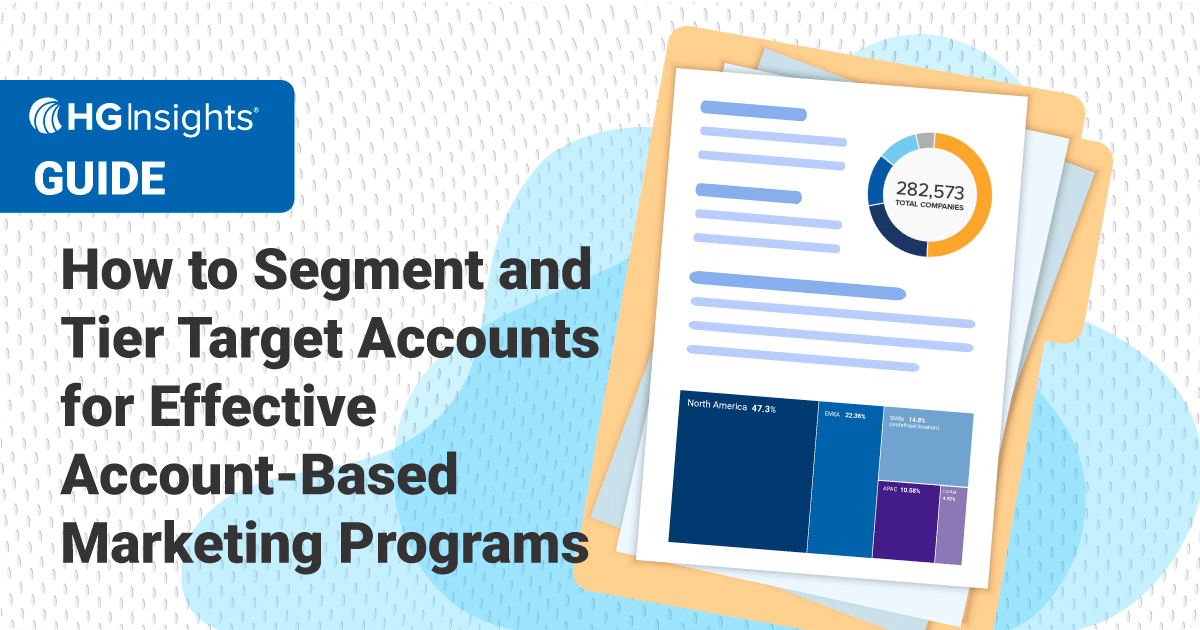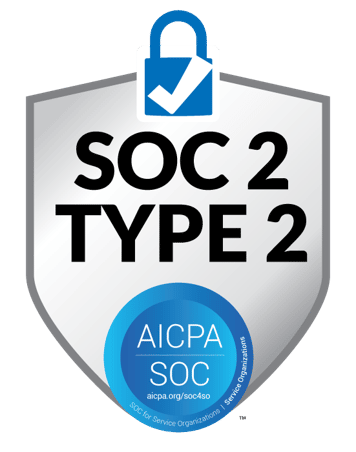Account scoring is no longer an elite practice; companies of all sizes use it to prioritize and target their best-fit accounts. At HG, it’s the most sought-after use case for our product. This guide is designed to help you understand the core principles of success and provide actionable steps to achieve your goals.
Get the Definitive Guide to Account Scoring
To Target, or not to Target, that is the Question
Every company, from a bootstrapped startup to a sprawling enterprise, is faced with more potential accounts than they can effectively focus on. That’s because an unrefined Total Addressable Market (TAM) is huge. Historically, most companies dealt with this challenge in an ad-hoc way. The largest companies, FAANG companies, would systematically prioritize their accounts. They had the resources to collect or buy large datasets, farm the necessary insights, and bring order to how they targeted prospects.
In this guide, you’ll find a proven method for account scoring, why it matters, how to do it right, and which tools to leverage on your journey.
“Account scoring is no longer an elite practice, companies of all sizes use account scoring to prioritize and target their best-fit accounts. And at HG, it’s the most sought-after use case for our product.”
What is Account Scoring?
Every sales department sits on a list of accounts. Hopefully, these accounts are neatly organized in a CRM like Hubspot or Salesforce. But they might just be an exhaustive list in a Google Doc, or not even written down!
Account scoring is the process of evaluating and ranking target accounts based on their likelihood to purchase a product or service.
Traditional account scoring frameworks have focused on behavioral attributes at the top of the funnel. This is in part thanks to the success of early marketing automation products like Marketo, Pardot, and Eloqua, which made behavioral scoring the norm. However, the reality is that most B2B buyer journeys are more complex and nonlinear, making this legacy approach less effective.
When you score accounts, you order all of your accounts from the most likely to convert (highest score) to the least likely to convert (lowest score). Key data points used to assign scores include:
- How close a prospect is to your Ideal Customer Profile or ICP (more on that soon).
- How interested a prospect is in your offerings
- Where they are in the buyer journey
- Basic firmographics such as industry, revenue, etc.
- More granular technology intelligence data
The Difference Between Account Scoring and Lead Scoring

“Account scoring and lead scoring are similar. In an effective organization, both should be happening. However, there are some key differences.”
The Definitive Guide to Account Scoring
Learn More
Learn more about HG Insights here, and follow us on LinkedIn and Twitter.
About HG Insights
HG Insights, the provider of data-driven insights to 75% of tech companies in the Fortune 100, is your go-to-market Technology Intelligence partner.
We use advanced insights into Technology Intelligence — on IT spend, technographics, cloud usage, intent signals, Functional Area Intelligence, contract details, and AI maturity — to provide global B2B companies with a better way to analyze markets and target prospects. Our customers achieve unprecedented results in their marketing and sales programs thanks to the indexing of billions of unstructured documents each day with insights into product adoption, usage, spend data, and more to build high-resolution maps of activity across an organization’s entire digital infrastructure to power business decisions with precision and confidence.

